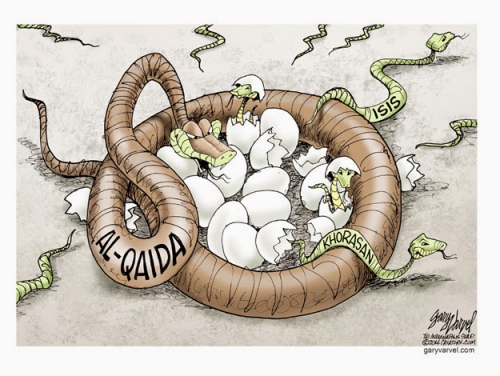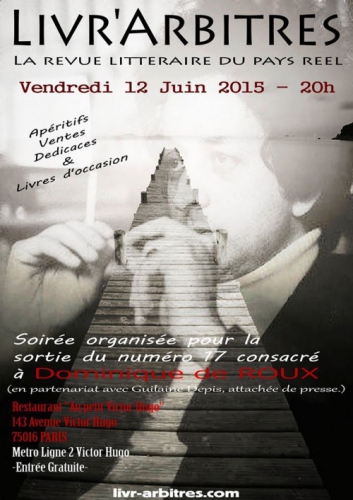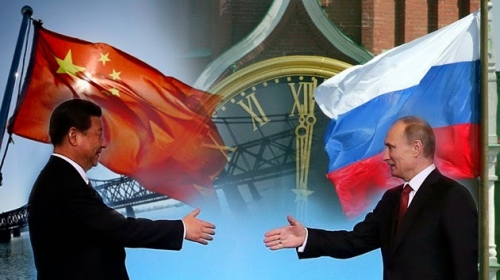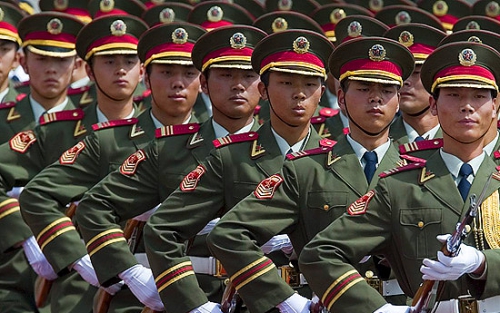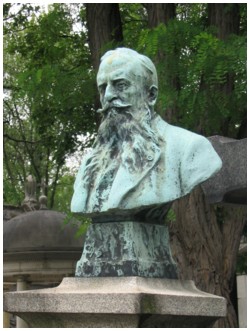 Dans Psychologie des foules, la masse est un tout unitaire, cohérent, une entité douée d’une psychologie propre, simpliste et déraisonnée. Paru en 1895, l’ouvrage qui analyse l’ère des foules, pose déjà l’enjeu de la démocratie libérale contemporaine.
Dans Psychologie des foules, la masse est un tout unitaire, cohérent, une entité douée d’une psychologie propre, simpliste et déraisonnée. Paru en 1895, l’ouvrage qui analyse l’ère des foules, pose déjà l’enjeu de la démocratie libérale contemporaine.
C’est une erreur de considérer que Gustave Le Bon méprise purement et simplement le peuple, ou toute forme de groupement humain se trouvant lié par un certain nombre de dénominateurs communs, ou par une relative proximité. Ce n’est pas même l’humain « moyen » que Le Bon voit d’un mauvais œil, mais bien la dégénérescence propre aux mouvements grégaires. La stupidité des foules et les conséquences de leurs agissements. À l’heure des médias de masse, de la culture de masse, de l’industrie de masse, la lecture de Psychologie des foules nous interroge sur l’opportunité de décrire la réalité contemporaine comme une nouvelle ère des foules, sinon l’ère de la foule, unique et unitaire.
De l’ère des foules à la fin du pluriel
Si l’ouvrage entreprend de dresser le portrait psychologique de la foule-type, c’est bien pour comprendre le phénomène dans sa multiplicité à une période où les foules font l’histoire à force de barricades, pendant les Trois Glorieuses ou pendant la Commune. Aujourd’hui, il ne semble plus y avoir qu’une seule foule capable de décider du destin d’un pays dans les démocraties occidentales. Cette foule est toute entière tournée vers le spectacle de la politique réelle, celle qui trouve un écho dans le concret et non pas seulement dans les idées, et se nomme électorat. Les foules électorales sont certes analysées dans l’ouvrage, mais comme un type de foule parmi d’autres à une époque où le jeu politique et médiatique n’est pas une distraction permanente pour l’essentiel de la population, qui nourrit d’ailleurs encore pour partie, d’autres aspirations qu’un vague changement illusoire mais continu laissant naître à chaque fois un espoir nouveau.
Or aujourd’hui les manifestations-monstres existent certes, mais sont impuissantes puisqu’elles se refusent à user de la seule légitimité qui lui serait accessible : celle du plus fort. Les mouvements dissidents s’effondrent les uns après les autres, volontairement incapables de se nourrir au banquet démocratique et, complicité médiatique aidant, quelques anarchistes virulents ou quelques nationalistes décidés seraient bien vite réprimés et marginalisés. Si bien qu’au final, la mécanique parfaitement huilée, l’articulation de la politique, de la justice et de la culture médiatique actuelles façonne une seule et unique foule qui compte et que l’on considère, celle du gigantesque corps électoral, centre de gravité vers lequel converge toute la société. Les listes électorales sont les uniques registres des personnes dignes d’intérêt pour le pouvoir.
La médiocrité pour valeur sûre
À mesure que cette foule s’étale et s’uniformise dans un mouvement tentaculaire, s’arrogeant les uns après les autres les individus mus par une sociabilité naturellement conformiste, la foule moderne que nous décrivons ici, intolérante au même titre que toutes les foules selon Le Bon, devient le groupe cible le plus exploitable et le plus important jamais formé. Également le plus bête et le plus méchant, puisque les foules sont supposées ne pouvoir ni raisonner ni connaître des positions nuancées.
La médiocratie qu’impose nécessairement l’horizontalité du régime démocratique devient alors une obligation écrasant les individualités en même temps qu’un outil de manipulation extraordinaire. Le pari politicien étant celui que tout le monde peut tendre à la médiocrité, on flatte les médiocres et ne s’adresse qu’à eux. Les autres seront au moins capables de comprendre. C’est ce que revendique Georges Frêche lorsqu’il avoue : « Je fais campagne auprès des cons et là je ramasse des voix en masse. ». Alors le contrôle de la foule est parfait : la grossièreté qu’implique la médiocrité, l’absence absolue de nuances, correspondent parfaitement au comportement des foules qui ne savent raisonner de façon complexe, mais qui sont particulièrement promptes à l’émotion vive. Agiter des chiffons, agiter des images excite la foule démocratique, et la renforce dans un même mouvement. Plus elle tendra vers l’ébullition, plus elle sera intolérante, et plus elle sera grande et victorieuse de la marginalité. La question de la responsabilité individuelle et de la réflexion personnelle comme facteur de compétence en démocratie, traditionnellement posée par l’anarchisme dit « de droite » (représenté notamment par le baroque Michel-Georges Micberth), prend alors tout son sens quant au magma que nous décrivons. Une coulée de lave fonçant irrémédiablement dans une seule et même direction. Le Bon conçoit d’ailleurs la foule comme une femme ou un enfant. Et si il existe plus de types de foules que de types de femmes, on peut néanmoins prolonger et accorder du crédit à cette comparaison : la foule et la femme sont comme des taureaux qui ne se laissent prendre que par les cornes.

Et la foule démocratique s’auto-alimente et se manipule avec d’autant plus de facilité que les réseaux prétendument sociaux, les rues, les lieux publics sont autant de cellules d’une prison panoptique : l’État et ses alliés voient sans être vus, parlent sans être identifiés. Tout juste voit-on encore quelques marginaux utiles à faire apparaître le contraste entre le bien et le mal. La structure hégémonique à laquelle sécurité sociale, sécurité relative et liberté apparente nous retiennent tous, nous met à contribution, nous incitant à nous calmer dès que la foule que nous formons serait susceptible de lui échapper pour se choisir d’autres chefs. Il est interdit de faire de l’ombre à ce qui n’est pas un grand complot de la manipulation des masses à des fins secrètes, conservées dans les esprits de quelques géants aux mains crochues, mais tout simplement le régime le plus stable parce que le plus bête, qui donne à chacun l’illusion de la belle et grande liberté dans un espace aussi net que le ciel pur des « Idées Républicaines » faisant de l’histoire un long fleuve tranquille.



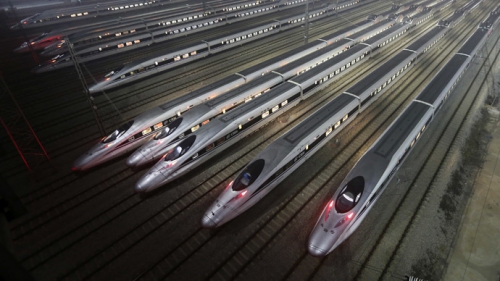


 del.icio.us
del.icio.us
 Digg
Digg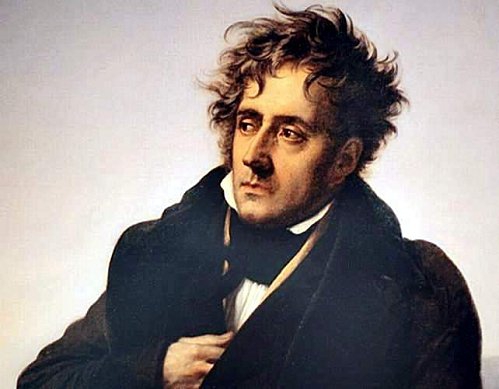
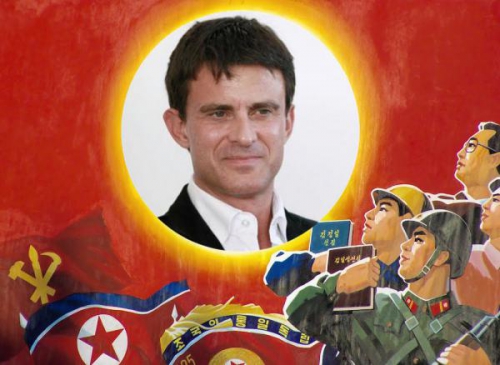
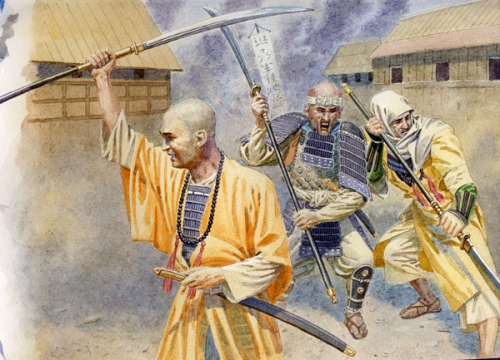
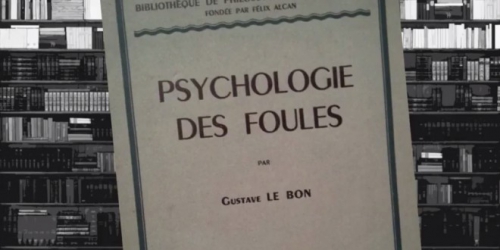



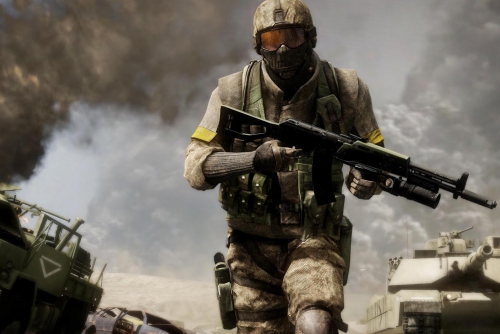
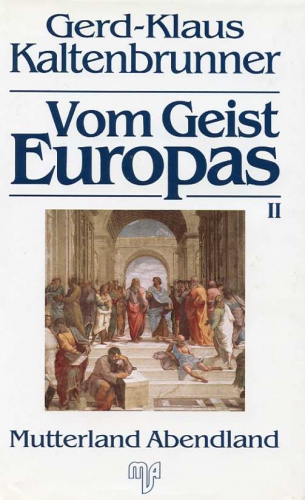
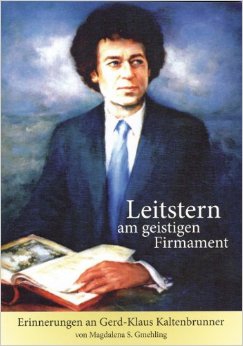 Es läßt sich mit gutem Recht fragen, welchen Sinn es hat, einen bereits über 40 Jahre alten Text wieder aufzulegen. Politische Rahmenbedingungen haben sich geändert, das entsprechende Personal wurde ausgetauscht – allein die rasante Verbreitung des Internets ab Mitte der 1990er Jahre hat Umwälzungen nach sich gezogen, die in Schwere und Ausmaß wohl tatsächlich nur mit der Erfindung des modernen Buchdrucks zu vergleichen sind.
Es läßt sich mit gutem Recht fragen, welchen Sinn es hat, einen bereits über 40 Jahre alten Text wieder aufzulegen. Politische Rahmenbedingungen haben sich geändert, das entsprechende Personal wurde ausgetauscht – allein die rasante Verbreitung des Internets ab Mitte der 1990er Jahre hat Umwälzungen nach sich gezogen, die in Schwere und Ausmaß wohl tatsächlich nur mit der Erfindung des modernen Buchdrucks zu vergleichen sind.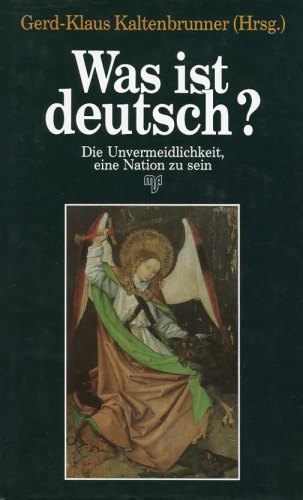
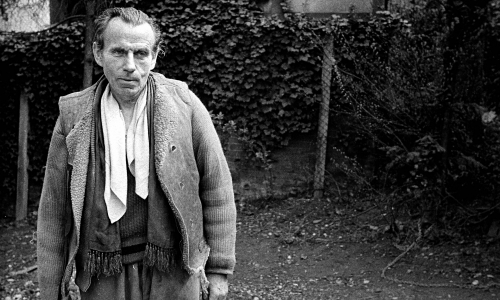


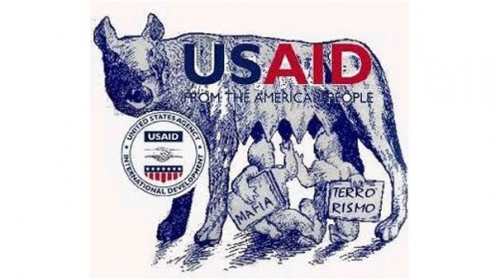



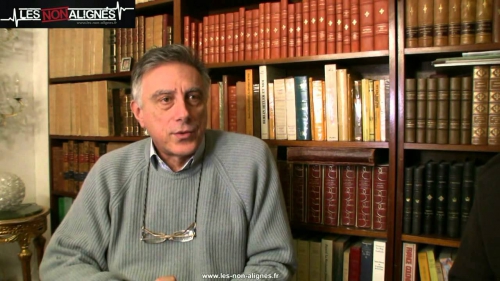
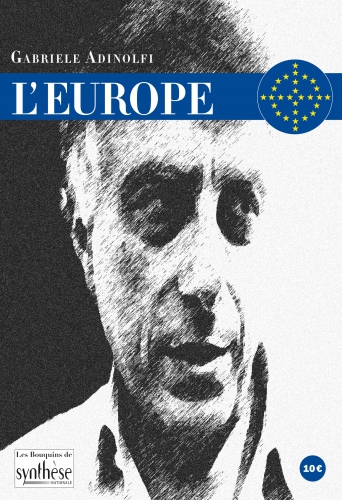 Romain et Italien, Gabriele Adinolfi est aussi un ardent Européen et souhaite ouvrir un débat non convenu sur notre destin commun. Certes, il est le premier à pester contre cette « Europe que nous n’aimons pas (p. 41) ». Son propos déstabilise parfois le lecteur eurosceptique ou souverainiste national béat. Ainsi est-il « favorable au maintien de l’euro mais avec d’autres paramètres (p. 62) ». Dans le cadre des activités du Centre d’études Polaris qu’il a fondé, Adinolfi a en effet demandé à des économistes et à des juristes de travailler sur une Banque centrale européenne dépendante des banques nationales re-étatisés. Il envisage par exemple un « système de monnaie complémentaire (M.C.) […qui] se base sur un certificat nommé R.A.S. (reçu autoliquidant de souscription) (pp. 66 – 67) » dont l’inspirateur serait le théoricien des monnaies fondantes, Silvio Gesell.
Romain et Italien, Gabriele Adinolfi est aussi un ardent Européen et souhaite ouvrir un débat non convenu sur notre destin commun. Certes, il est le premier à pester contre cette « Europe que nous n’aimons pas (p. 41) ». Son propos déstabilise parfois le lecteur eurosceptique ou souverainiste national béat. Ainsi est-il « favorable au maintien de l’euro mais avec d’autres paramètres (p. 62) ». Dans le cadre des activités du Centre d’études Polaris qu’il a fondé, Adinolfi a en effet demandé à des économistes et à des juristes de travailler sur une Banque centrale européenne dépendante des banques nationales re-étatisés. Il envisage par exemple un « système de monnaie complémentaire (M.C.) […qui] se base sur un certificat nommé R.A.S. (reçu autoliquidant de souscription) (pp. 66 – 67) » dont l’inspirateur serait le théoricien des monnaies fondantes, Silvio Gesell.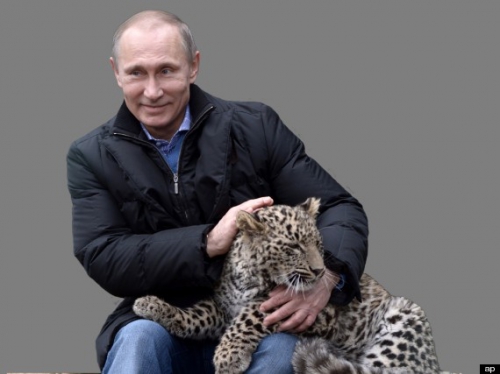
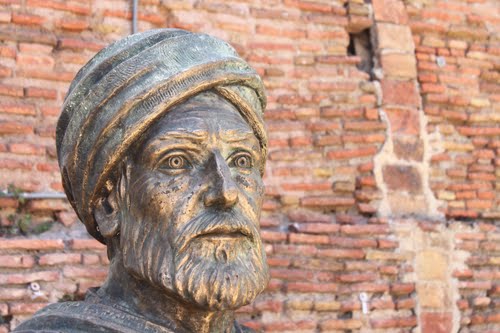
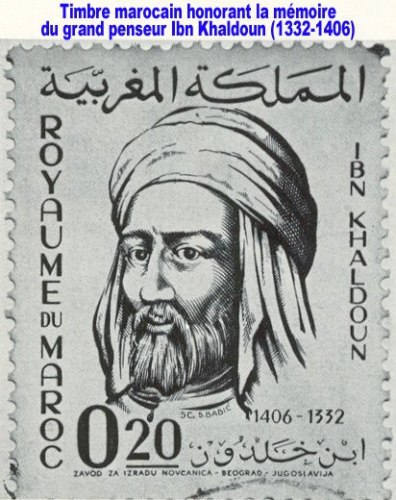 Resignificar la democracia desde la asabiya permite visibilizar racionalidades y prácticas políticas que apuestan por el significado radical de la democracia como poder popular. En efecto, la teoría democrática convencional concibe la democracia como un sistema de gobierno en el que la mayoría elige a sus representantes, a quienes les es conferido el poder del pueblo. Aunque reconoce que el pueblo es el titular legítimo del poder, este se ejerce de manera elitista y sin el pueblo. Por el contrario, la asabiya permite profundizar y extender el ejercicio de la democracia radical dando cuenta de la infinita diversidad y complejidad de formas de articulación del poder comunitario: el movimiento de mujeres kurdas en Kobane, organizadas solidariamente contra el Estado Islámico; los vecinos de Gamonal, unidos frente al despilfarro del gobierno municipal; las luchas de las travestis de São Paulo (y, en general, de Brasil), que se juegan la vida todos los días combatiendo en la calle el machismo y la violencia policial; el movimiento de víctimas y afectados por la tragedia química de Bhopal, que ha logrado unir a musulmanes e hindúes en lucha contra el Estado indio y la transnacional Dow Chemical, etc.
Resignificar la democracia desde la asabiya permite visibilizar racionalidades y prácticas políticas que apuestan por el significado radical de la democracia como poder popular. En efecto, la teoría democrática convencional concibe la democracia como un sistema de gobierno en el que la mayoría elige a sus representantes, a quienes les es conferido el poder del pueblo. Aunque reconoce que el pueblo es el titular legítimo del poder, este se ejerce de manera elitista y sin el pueblo. Por el contrario, la asabiya permite profundizar y extender el ejercicio de la democracia radical dando cuenta de la infinita diversidad y complejidad de formas de articulación del poder comunitario: el movimiento de mujeres kurdas en Kobane, organizadas solidariamente contra el Estado Islámico; los vecinos de Gamonal, unidos frente al despilfarro del gobierno municipal; las luchas de las travestis de São Paulo (y, en general, de Brasil), que se juegan la vida todos los días combatiendo en la calle el machismo y la violencia policial; el movimiento de víctimas y afectados por la tragedia química de Bhopal, que ha logrado unir a musulmanes e hindúes en lucha contra el Estado indio y la transnacional Dow Chemical, etc.




 Ook vermindert het feit dat vrouwen en mannen meer op elkaar gaan lijken de begeerte – zo constateerde psychologe Lori Gottlieb al eerder dat stellen met een traditionele rolverdeling vaker en ook bevredigender seks hebben (Avondland en Identiteit, Aspekt 2015, 221).
Ook vermindert het feit dat vrouwen en mannen meer op elkaar gaan lijken de begeerte – zo constateerde psychologe Lori Gottlieb al eerder dat stellen met een traditionele rolverdeling vaker en ook bevredigender seks hebben (Avondland en Identiteit, Aspekt 2015, 221).

